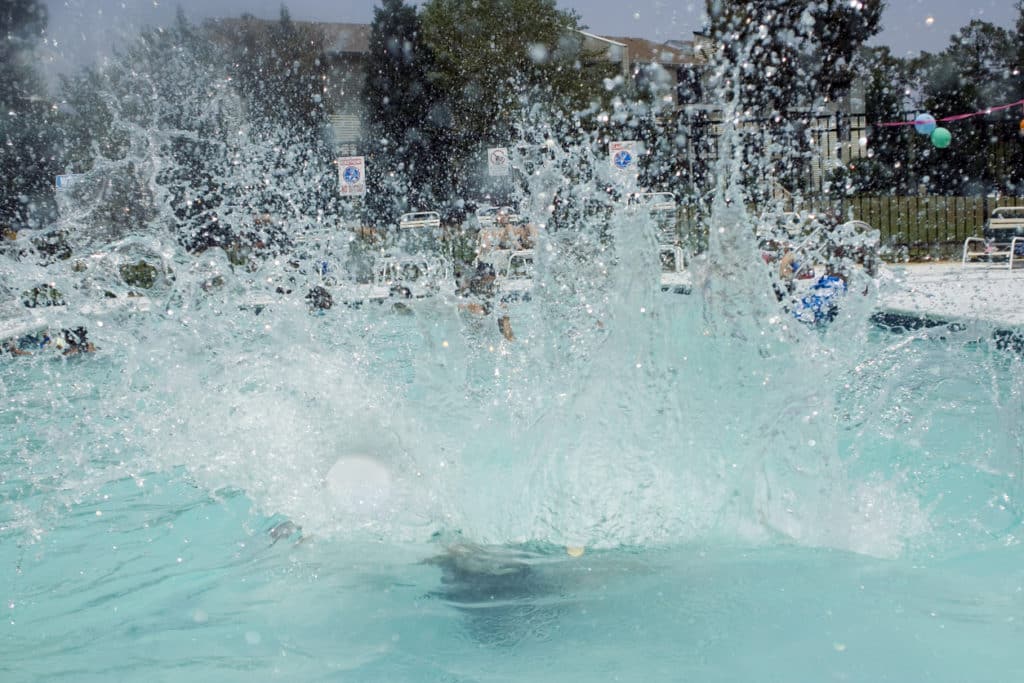What To Do if Your Electronics Get Wet
5 Steps To Revive Your Electronics if They Get Wet
Accidents happen, and sometimes, that means your phone falls into the sink, your laptop meets a spilled drink, or your tablet gets caught in the rain. When electronics get wet, acting fast can be the difference between a total loss and a fully functional device. Today, Lon Lockwood Electric will discuss how to get your wet electronics back up and running.
Does Water Permanently Damage Electronics?
Depending on your electronic device’s features, water on its own may not be all that harmful. Still, the minerals and impurities in water, especially in seawater, saltwater lakes, and pools, can cause short circuits, corrosion, and long-term damage. The longer the device stays wet, the more likely it is to suffer irreversible harm. If you ever find yourself in this situation, follow these five essential steps to give your electronics the best chance at survival.
Step 1. Get It Out of the Water
The first thing you should do is remove the device from the water immediately. The longer it stays submerged, the more likely it is to suffer permanent damage.
If the device is plugged in, don’t touch it, as you could risk being electrocuted. Instead, turn off the power to the outlet or circuit before handling the device. If the device was not plugged in, remove it from the water as quickly as possible and place it on a dry surface.
Step 2. Remove the Device’s Battery
Once your device is out of the water, remove the battery immediately. If moisture reaches electrical connections, batteries can cause a short circuit and permanent failure. Removing the battery minimizes the risk of electrical damage and improves the chances of restoring functionality. If the battery isn’t removable, power down the device completely and proceed to drying it.
Step 3. Dry the Remaining Water Off of the Electronic
Using a lint-free cloth or paper towel, gently dab away any visible moisture. Be careful not to shake or tilt the device too much, which can spread water to other internal components.
You’ll also want to avoid using heat sources like hair dryers because, while time is of the essence, excessive heat can do more harm than good. Instead, focus on gentle drying methods that help remove excess moisture without causing additional damage.
Step 4. Dry Soak the Device
Dry soaking involves placing your wet device in an absorbent material to pull out any remaining moisture. While one of the most common dry soaking methods uses uncooked rice, this has been shown to be the least effective and may even lead to more damage. Other alternatives include silica gel packets or desiccant packs, which are more effective at absorbing moisture.
Step 5. Wait To Turn On & Test the Equipment
Resist the urge to turn your device on too soon. Powering it on while moisture is still present can short out components and cause irreparable damage. Wait at least 48 hours before testing the device.
If it doesn’t turn on, leave it in the drying environment for another day or two. Signs that your device needs more drying time include condensation inside the screen or ports that still feel damp.
Schedule Electrical Service in the Webster & Rochester Area
If you suspect water damage or damage to your electrical wiring or electronic devices, it’s best to consult a professional. At Lon Lockwood Electric, our team of licensed, insured, and background-checked electricians provides expert electrical repairs and services.
As a family-owned and -operated business, we prioritize customer satisfaction and safety. For even more ways to access the services you need, we also offer financing options for a simpler, hassle-free experience.
Lon Lockwood can help protect your electronics. Contact us today to schedule electrical service.

